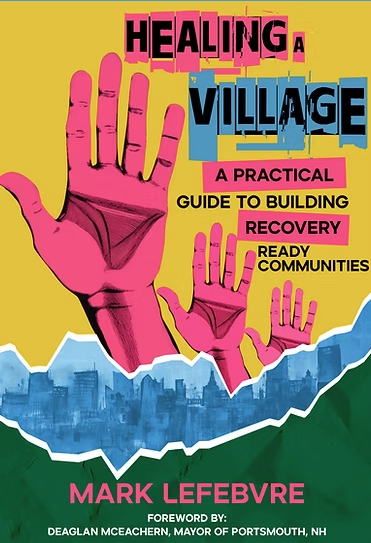Healing a Village: A Practical Guide to Building Recovery-Ready Communities
By Mark Lefebvre
https://www.healing-a-village.com
Core Pathway
Health, Wellness & Care
Sub-Pathway
Addiction Recovery & Harm Reduction
Mission
To equip communities with the tools, strategies, and mindset needed to become truly “recovery-ready”—able to support individuals, families, and systems in healing from the impacts of addiction and substance use disorder.
Why It Matters
Addiction is not just an individual crisis—it’s a community crisis. This book offers a practical roadmap for how neighborhoods, cities, and service systems can step up to become safe, supportive environments for recovery. It centers lived experience, shared leadership, and systemic change as key components of healing.
Alignment with The Change Lab
Healing a Village speaks directly to The Change Lab’s commitment to building systems rooted in care, equity, and dignity. It aligns with our belief that healing, justice, and transformation are collective responsibilities, and that sustainable recovery is possible when communities act together.
Key Programs
The book introduces a replicable framework that communities can adopt to assess their recovery-readiness and implement change. It covers:
Recovery-friendly community design
Systems coordination across sectors
Trauma-informed practices
Peer leadership and storytelling
Strategic Alignment
Promotes systems thinking and upstream approaches to addiction recovery
Builds capacity for collective impact and participatory governance
Strengthens public-private partnerships and community trust
Emphasizes healing-centered design, belonging, and lived experience
Engagement Level
Try It Out
Perfect for individuals or organizations ready to deepen their understanding and begin implementing recovery-centered strategies in their local context.
Role in the Ecosystem
This book serves as a catalyst for community leaders, nonprofit staff, health systems, and everyday citizens to build infrastructure that supports long-term recovery. It helps move communities from reactive care to proactive, sustainable support systems rooted in compassion and accountability.
